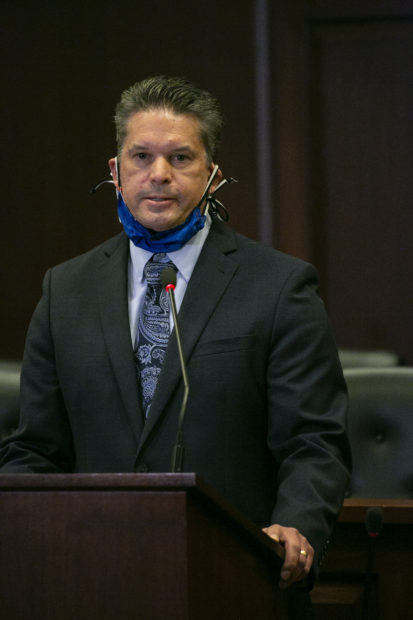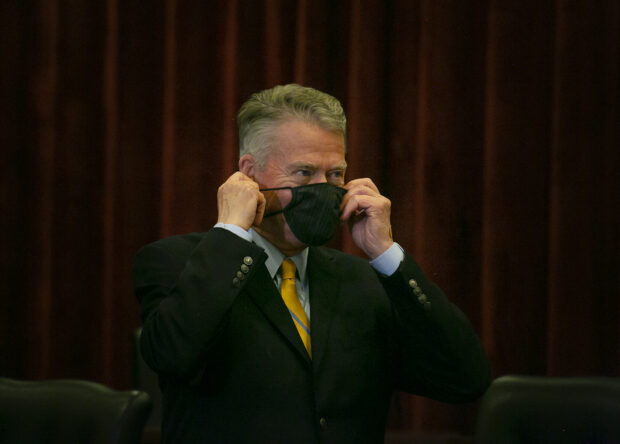About a month after its creation, Gov. Brad Little’s COVID-19 testing task force Friday unveiled suggestions to improve and expand testing in the Gem State.
The recommendations include prioritizing testing on a tiered system. The top tier would include health-care workers with symptoms and residents of nursing homes. Testing would expand as possible to include other groups, such as non-symptomatic travelers coming from areas with community spread.
Friday’s recommendations deliver a roadmap to ramp up testing. In the coming weeks, the state will roll out plans to implement these strategies, said Elke Shaw-Tulloch, administrator of Idaho’s division of public health.
Read the full recommendations:
Idaho’s testing availability has been “inadequate to meet our collective needs,” according to a report compiled by the task force.

The biggest barrier has been a dearth of testing supplies, said Dr. Christopher Ball, director of the state’s laboratories and co-chair of the task force.
In early May, Idaho could administer about 7,500 tests each week. The state needs to reach 8,000 tests per week to meet federal goals. But the task force estimates testing capacity could far surpass that, reaching a maximum of 23,000 tests per week if Idaho’s supply chains continue to improve as they have gradually over time, Ball said.
The task force recommends increased investment in local testing. Parts of Idaho are considered “testing deserts,” Little said, because they lack access to local facilities.
Health officials repeatedly stressed that testing is not a standalone solution. They seized on the metaphor of a wildfire.
“We think of the virus as a spark that can be triggered as manmade or natural causes, that we want to quickly put out by tossing a blanket on it,” Shaw-Tulloch said.
Tests, Shaw-Tulloch said, are like firespotters that keep an eye out for sparks. To quash the flames, the state also has to stop the spread of the disease through contact tracing and rely on Idahoans to maintain social distancing, practice good physical hygiene and self-isolate when they are sick.
The state and local health districts are training more contact-tracers, Shaw-Tulloch said.
“We’re creating this big fleet, if you will, of people who are behind the scenes ready to go,” she said.
Little said the strategies are critical not only for citizens, but for the health of Idaho’s economy.
“A strong economic rebound can only occur with a combination of efforts, and expanded and targeted testing is a big part of our strategy,” Little said in a news release.

